Russia and Ukraine traded missile strikes in the 89th week of the war, using air power to overcome the perception that their forces on the ground had reached a stalemate.
“Russia controls the skies,” Ukrainian President Volodymyr Zelenskyy said during a news conference on November 4.
Moscow had provided a reminder of that air superiority the previous night, when it launched 40 Shahed drones against Ukraine, one of the largest salvoes in recent weeks.
Ukraine said it shot down 24, but the remaining 16 struck critical infrastructure and civilian homes. Among the targets were a military facility in Ivano-Frankivsk and “infrastructure facilities” in Lviv and Odesa.
Two nights later, Russia again showed its superior firepower with a combination of 22 Shahed drones and four missiles of various types. Ukraine said it shot down 15 drones and two of the missiles, but the general staff said the remainder destroyed port infrastructure in Odesa and civil infrastructure in Kherson city.
That same night, Russia dropped 87 glide bombs into Kherson – the largest salvo of that munition so far in the war.
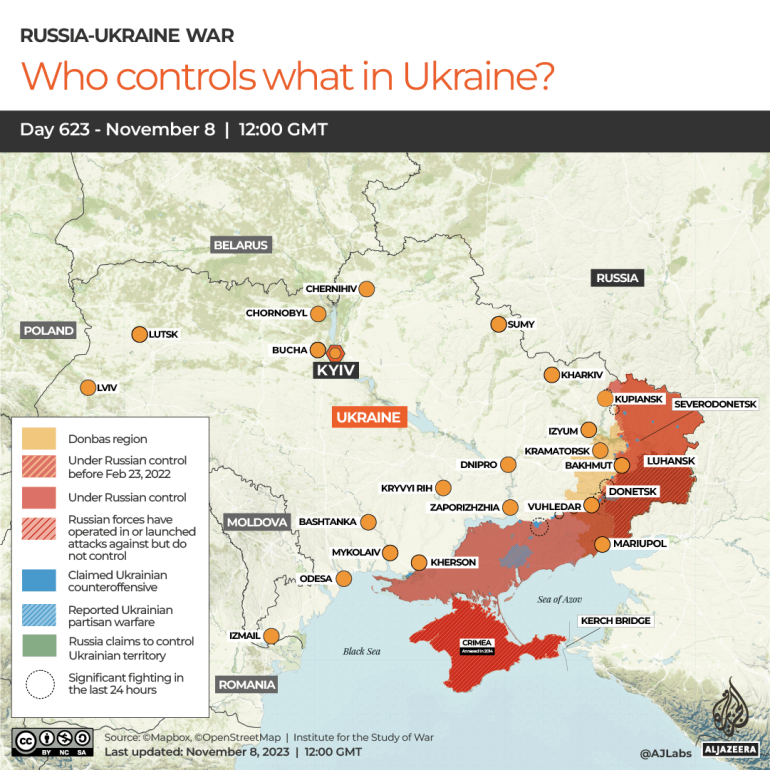
The worst strike came in broad daylight on November 3.
More than 20 soldiers were reported killed by a Russian Iskander missile when it hit an award ceremony for the 128th Separate Assault Mountain Transcarpathian Brigade in Zaporizhia.
“This is a tragedy that could have been avoided,” Zelenskyy said in a video address.
Defence Minister Rustem Umerov ordered a full investigation.
Ukraine, too, scored important successes in the air war.
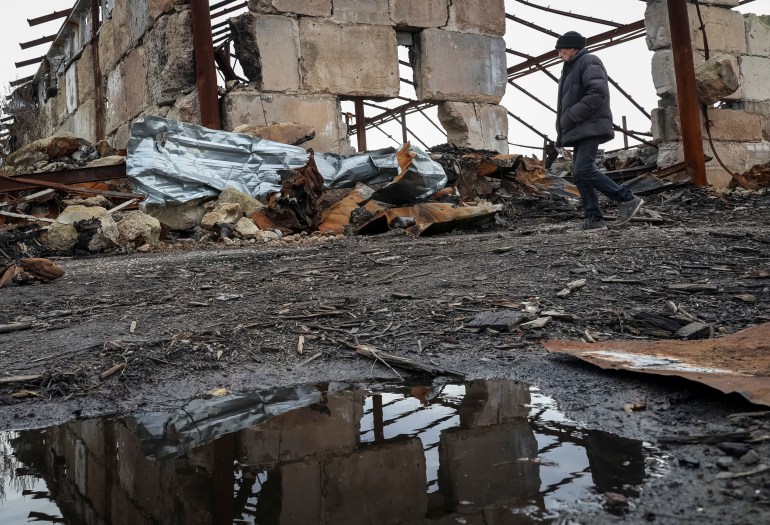 A local resident Mykola, 68, walks amid the debris at the site of a farm that was destroyed last year by a Russian military strike in Ukraine’s Kharkiv [Sofiia Gatilova/Reuters]
A local resident Mykola, 68, walks amid the debris at the site of a farm that was destroyed last year by a Russian military strike in Ukraine’s Kharkiv [Sofiia Gatilova/Reuters]
A Russian news outlet, Astra, said on November 1, four Ukrainian missiles hit a command post for the Dnipr group in the village of Strilkove, on the Arabat Spit off the east coast of Crimea, killing two soldiers and wounding three.
Three days later, Ukraine severely damaged a Russian corvette while it lay in a shipyard in the port of Kerch.
Later photographs showed it to be the Askold, a Karakurt-class Kalibr missile carrier. The Karakurt-class corvettes first went into construction in 2016 and are among Russia’s most modern, while the Zalyv shipyard, where the strike occurred, is one of three servicing the Black Sea Fleet.
“The Zalyv shipyard is the largest shipyard in Eastern Europe and is likely the main repair facility for the [Black Sea Fleet] in Crimea following a successful Ukraine strike on the Russian state-owned ship repair facility Sevmorzavod in Sevastopol on September 13,” said the Institute for the Study of War, a Washington-based think tank. The strike on the Askold “will likely render it inoperable for the foreseeable future”, the ISW said.
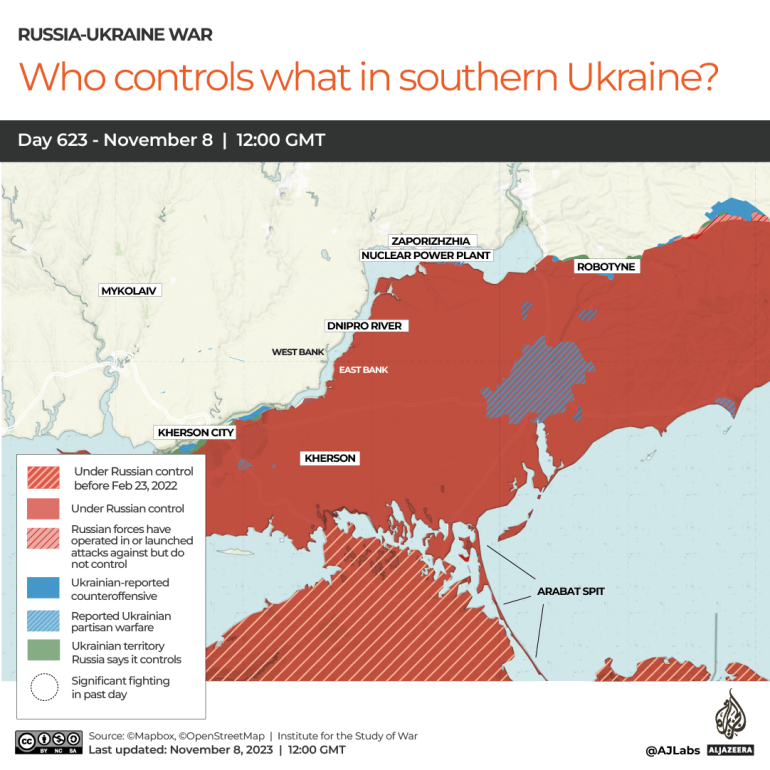
The Russian Ministry of Defence said Ukraine fired 15 missiles at the port, 13 of which had been shot down.
There were other incidents that showed the high priority Ukraine placed on air strikes. Russian military reporters said Ukraine attacked Skadovsk in Kherson with missiles on the night of November 4 and struck the port of Berdyansk with Storm Shadow missiles on November 5. Russian sources also claimed that a salvo of Ukrainian drones targeting a railway in Crimea had been downed.
Both sides abhor the word ‘stalemate’
All this air activity appeared to be trying to make up for the lack of any great movement on the ground.
Ukrainian forces reported small gains near the eastern city of Bakhmut, which they are slowly trying to encircle, and a successful defence against a Russian attempt to encircle Avdiivka, to the south of Bakhmut.
There was only one report of note – Russian military reporters said Ukraine had landed more troops on the left bank of the Dnipro River in Kherson and was operating a battalion-sized force of about 300 soldiers including armoured vehicles near the village of Krynky.
There was much talk of stalemate during the week. Ukraine’s chief of staff kicked off the theme.
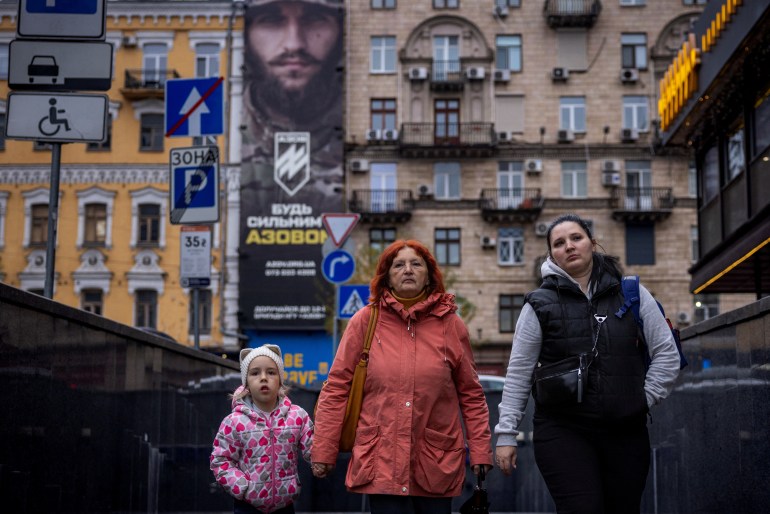 Women and a child walk near a recruitment poster for the Azov Assault Brigade of the National Guard of Ukraine in Kyiv, Ukraine, on November 8, 2023 [Thomas Peter/Reuters]
Women and a child walk near a recruitment poster for the Azov Assault Brigade of the National Guard of Ukraine in Kyiv, Ukraine, on November 8, 2023 [Thomas Peter/Reuters]
“Just like in the First World War we have reached the level of technology that puts us into a stalemate,” Valery Zaluzhny was quoted as saying in an interview published alongside an article he wrote in The Economist.
Zaluzhny said the Ukraine war was moving towards an attritional stage that benefited the side with deeper resources: “This will benefit Russia, allowing it to rebuild its military power, eventually threatening Ukraine’s armed forces and the state itself.”
Both governments moved to erase the notion of stalemate.
Kremlin spokesperson Dmitry Peskov denied the war had reached a “dead end”, while Zelenskyy said, “Today time has passed and people are tired. But this is not a stalemate”, during a news conference with visiting European Commission president Ursula von der Leyen.
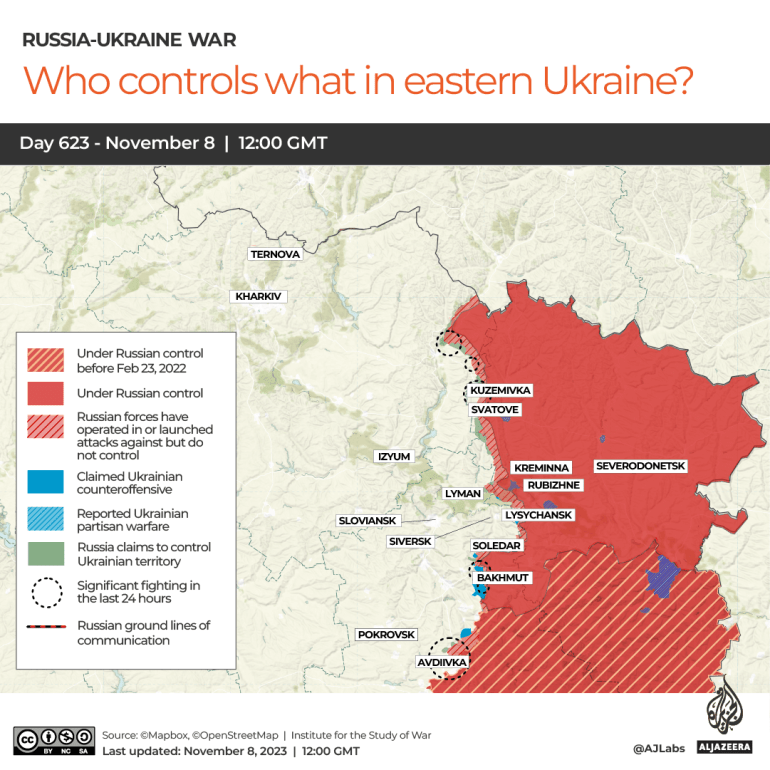
Reports suggest Ukraine’s soldiery is indeed exhausted from almost two years of constant fighting.
Zaluzhny said that to break the stalemate Ukraine needed to gain control of the air. “Basic weapons, such as missiles and shells, remain essential. But Ukraine’s armed forces need key military capabilities and technologies to break out of this kind of war. The most important one is air power,” he wrote.
Igor Girkin, the Russian commander who formed and led the separatist Donetsk militia in 2014, feared this Western superiority in air technology in an analysis dated October 26. Russian troops, too, are exhausted, he said, and unable to conduct “even limited offensive operations”, as evidenced in the failure of the Avdiivka offensive.
“Our troops will have to spend the rest of the autumn-winter campaign on the defensive, trying to the best of their ability to eliminate emerging operational crises,” he wrote.
“Worse, by the spring of next year, our active army will probably be even less capable of offensive operations than it is now, and the enemy will be seriously strengthened in military-technical terms, which will allow him to continue to try to control the strategic initiative.”
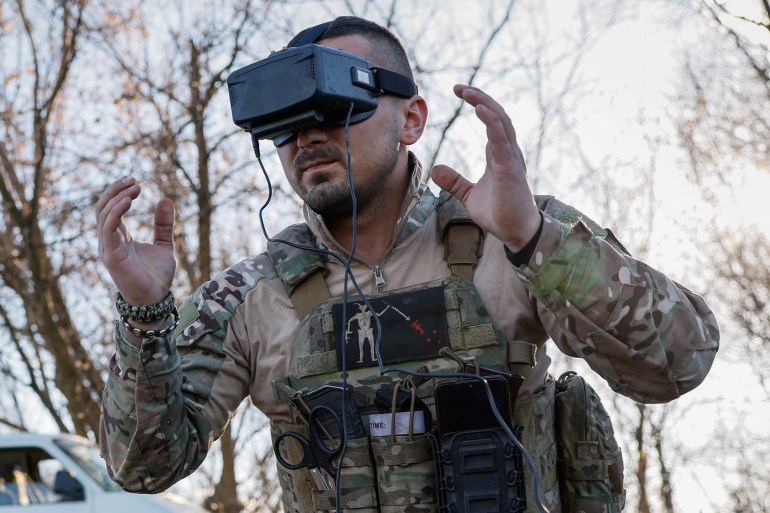 Ivan, a 31-year-old serviceman of the 80th Airborne Assault Brigade of the Armed Forces of Ukraine, prepares to operate an FPV drone at an undisclosed location in Donetsk [Alina Smutko/Reuters]
Ivan, a 31-year-old serviceman of the 80th Airborne Assault Brigade of the Armed Forces of Ukraine, prepares to operate an FPV drone at an undisclosed location in Donetsk [Alina Smutko/Reuters]
Zelenskyy told the Reuters NEXT conference that Ukraine had a battle plan for next year that included “concrete directions where we can go”.
Both sides were busy resupplying themselves with ordnance, but Ukraine also hopes for a qualitative leap by spring, when it expects to receive F-16 fighter jets from Western arsenals converting to the fifth-generation F-35. These, it hopes, supplied with US air-to-air missiles, will finally give it mastery of its airspace and an edge in the Black Sea.
But the Ukrainian leader dismissed calls for a March 2024 election, when Russia is to hold one.
Reuters quoted unnamed Russian sources as saying Putin has decided to run for a fifth presidential term.
Closer to EU membership?
On November 6, Reuters quoted unnamed sources in the European Commission saying Von der Leyen would support inviting Ukraine to start EU membership talks at the December summit of the European Council.
Ukraine expected a positive report from the Commission towards Council members, Ukrainian Deputy Prime Minister Olha Stefanishyna said.
“I would say that the assessment would definitely be positive because we have been in permanent contact with the European Commission, discussing the steps and negotiating the steps we managed to implement,” Stefanishyna told Reuters. She said Ukraine had carried out all seven steps deemed necessary for a positive invitation.
Three days earlier, Von der Leyen had praised Ukraine for its progress towards EU-mandated reforms and said she was “confident” of Ukraine’s soon reaching the “next stage” of the process of accession. “I must say you have made excellent progress,” she told Zelenskyy during their joint news conference in Kyiv.
There may also have been another convergence in the offing between Ukraine and Brussels.
Ukraine’s deputy justice minister said European Union leaders were considering allowing the proceeds from frozen Russian assets to be used to assist Ukraine – a long-standing Ukrainian demand.
Approximately $300bn in Russian assets were in European hands, and their proceeds amounted to $3.6bn since the war began, said Iryna Mudra.
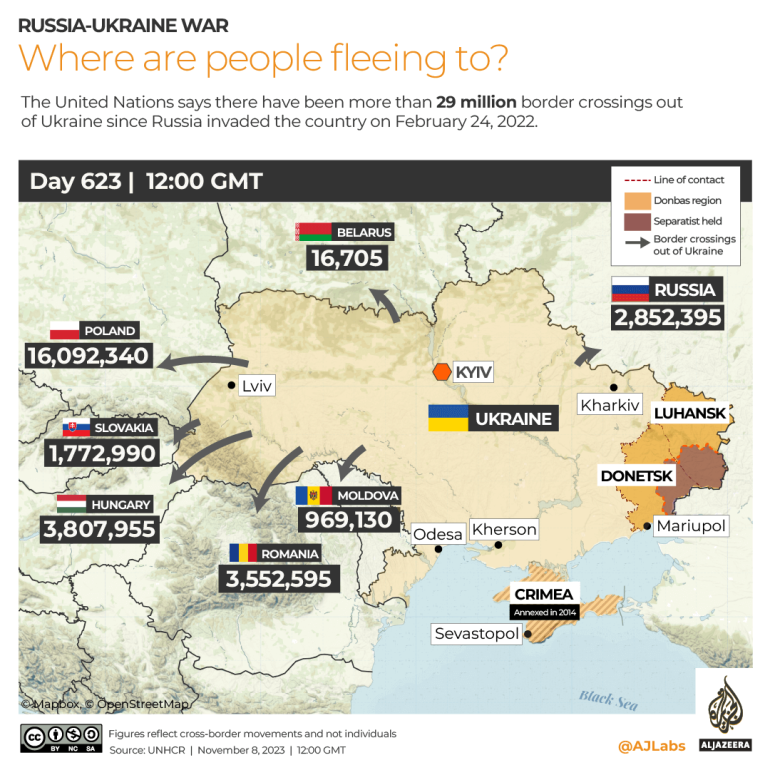

 Movie
Movie 5 months ago
111
5 months ago
111 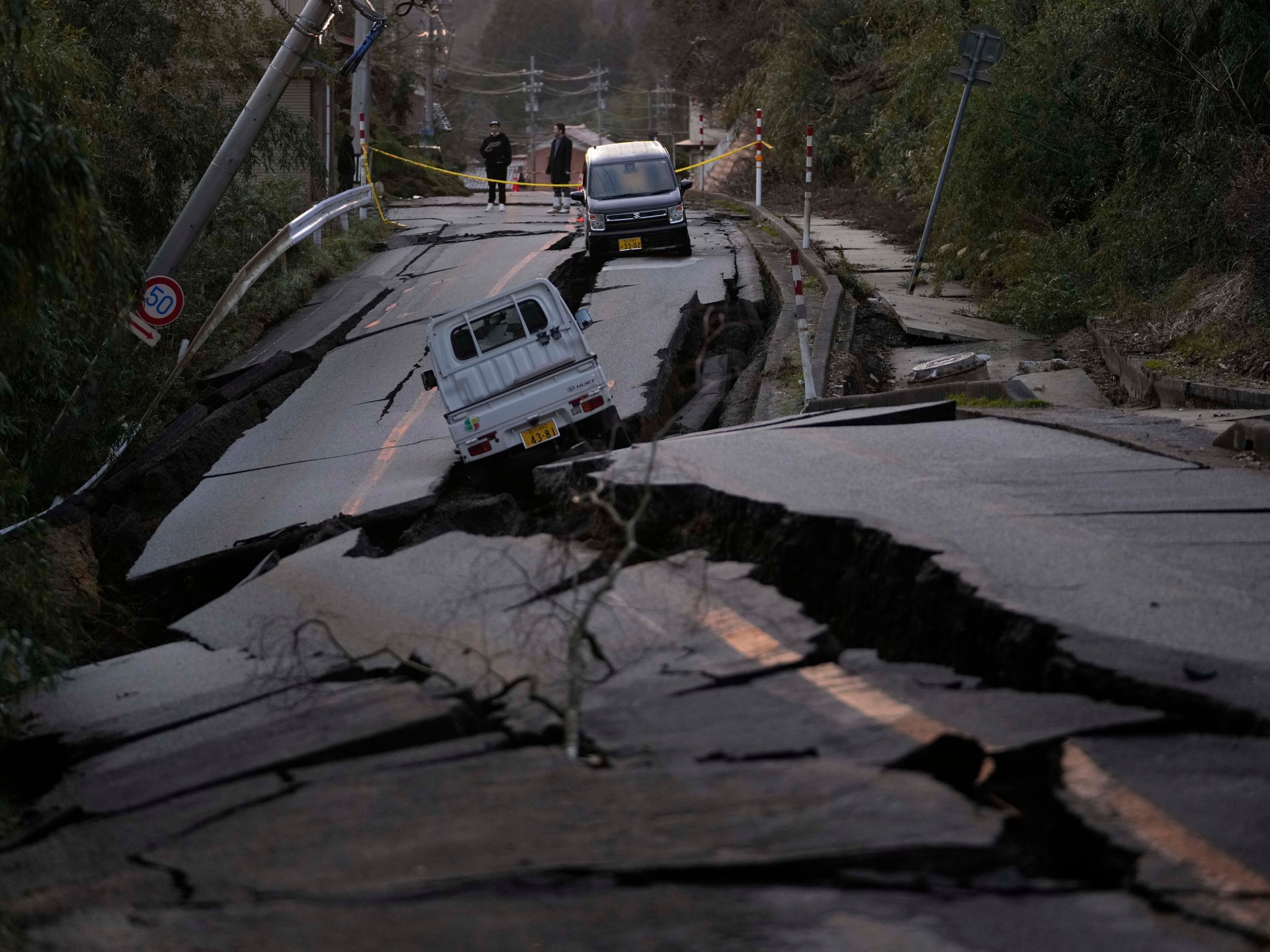
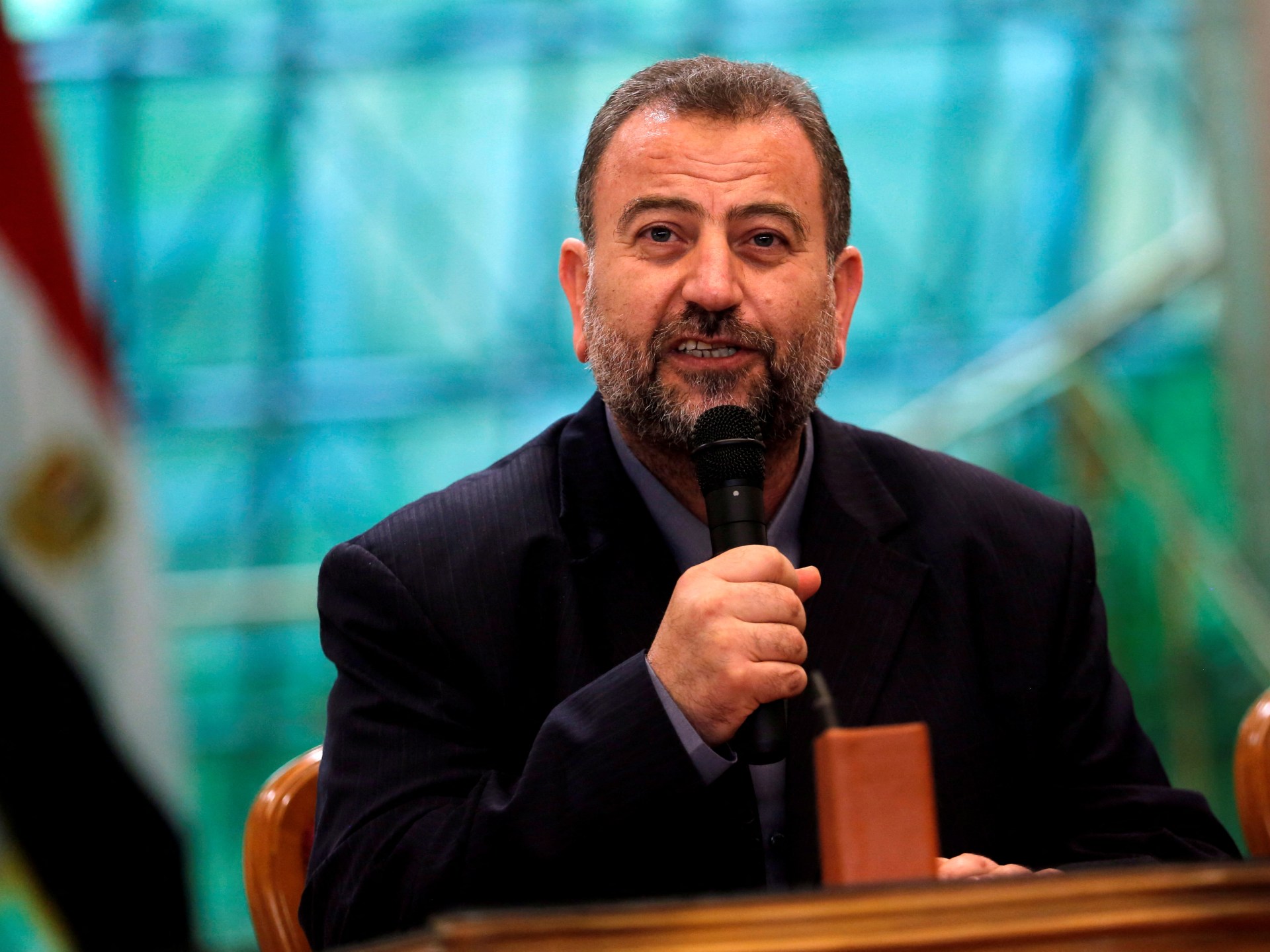





![Presidents Day Weekend Car Sales [2021 Edition] Presidents Day Weekend Car Sales [2021 Edition]](https://www.findthebestcarprice.com/wp-content/uploads/Presidents-Day-Weekend-car-sales.jpg)



 English (United States)
English (United States)